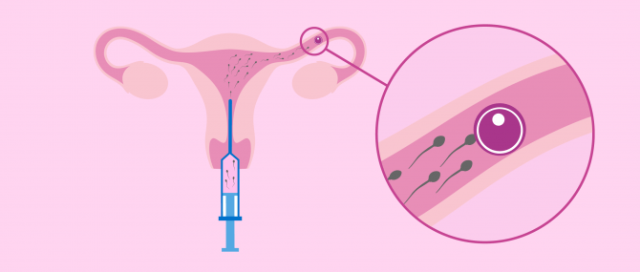Polycystic ovary syndrome and intrauterine insemination
Rating:
Publication date: 10.04.2021
173

One of the clinical manifestations of polycystic ovary syndrome is infertility, which occurs in 40-90% of cases. In the middle and severe course of the disease, it is necessary to use assisted reproductive technologies to get pregnant.
Treatment includes the use of both medications and assisted reproductive technologies. One of these is intrauterine insemination.
WHAT IS INTRAUTERINE INSEMINATION?
Assisted reproductive technology, which involves collecting sperm, processing it and introducing it through the cervix into the uterine cavity with a special catheter.
WHEN IS INTRAUTERINE INSEMINATION PERFORMED?
The procedure can be performed both during the natural cycle and during stimulation of the ovaries. Tactics depend on the patient’s state of health, however, in polycystic ovary syndrome, when the cycle is anovulatory, stimulation of ovulation is often required.
The procedure is carried out during ovulation and is as similar as possible to natural cohabitation.
WHAT DOES MEDICAL PREPARATION FOR INTRAUTERINE INSEMINATION MEAN?
Medication preparation involves the use of oral medications or injections to help the ovulation process to occur properly. The selection of medicines in each medical case is individual and depends on the severity of the illness and the tactics chosen by the doctor.
Studies have proven that in patients with polycystic ovary syndrome, compared to planned cohabitation, intrauterine insemination significantly increases the chance of pregnancy.
Jordania Clinic wishes you reproductive health!
For detailed information and to book a consultation, contact us: 2 99 08 53
Miss: Digomi, Chachava 1/Ljubljanas 5



